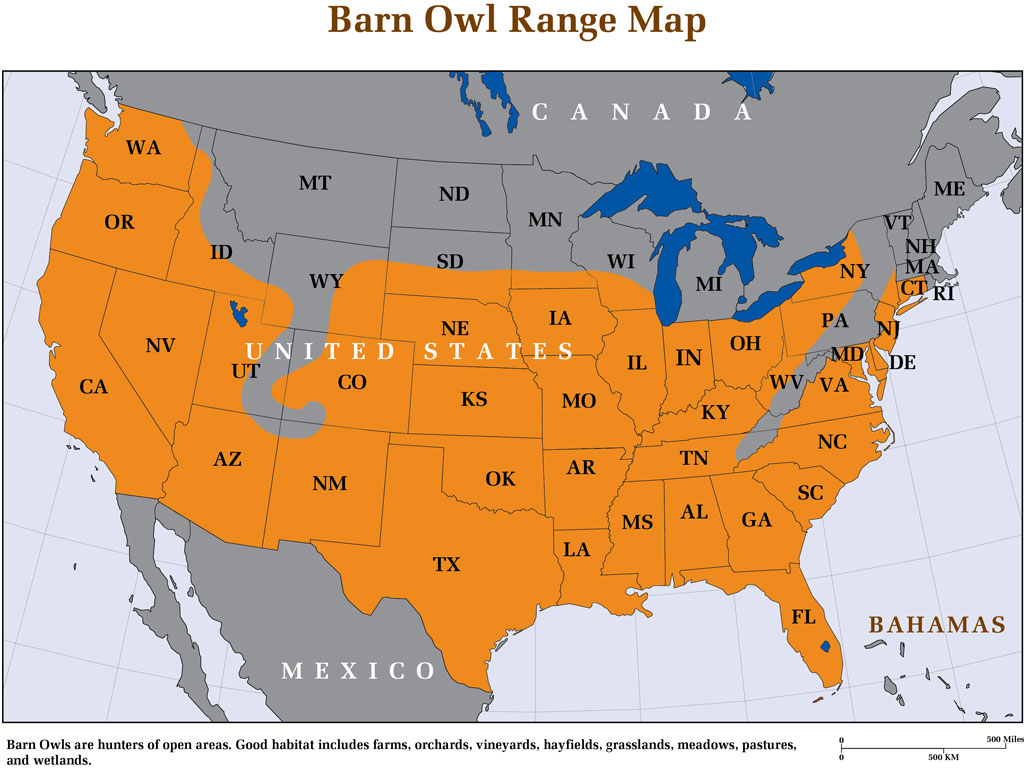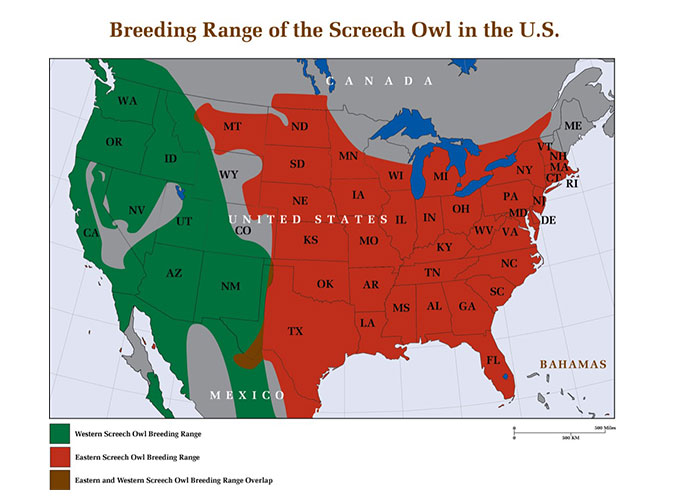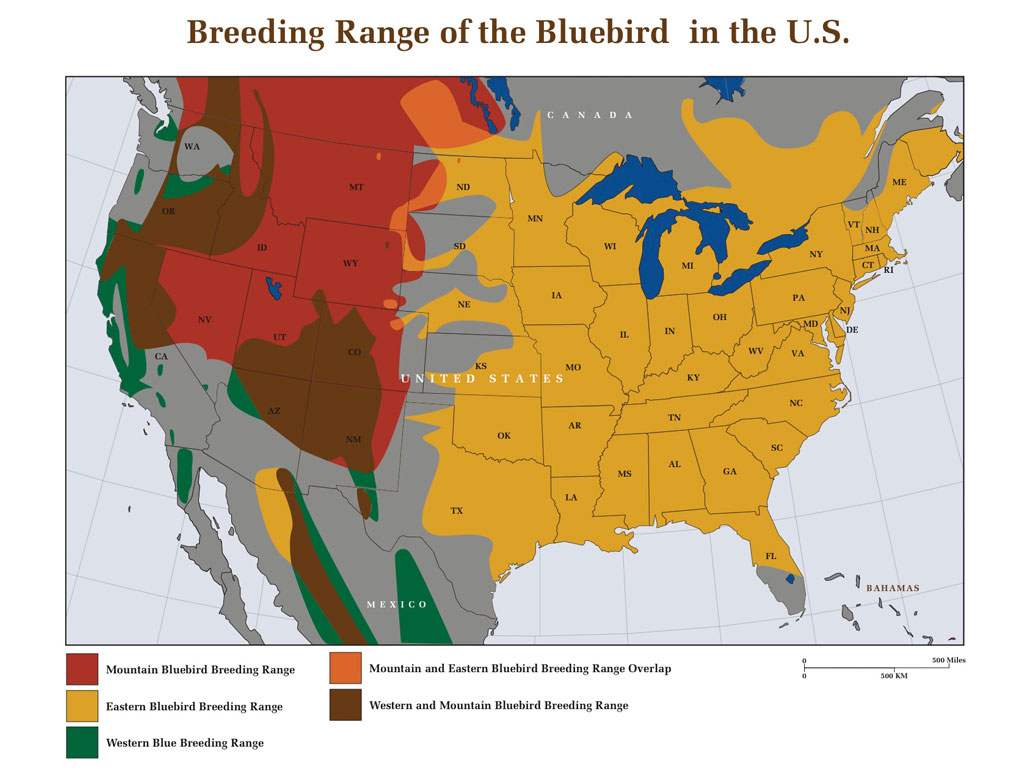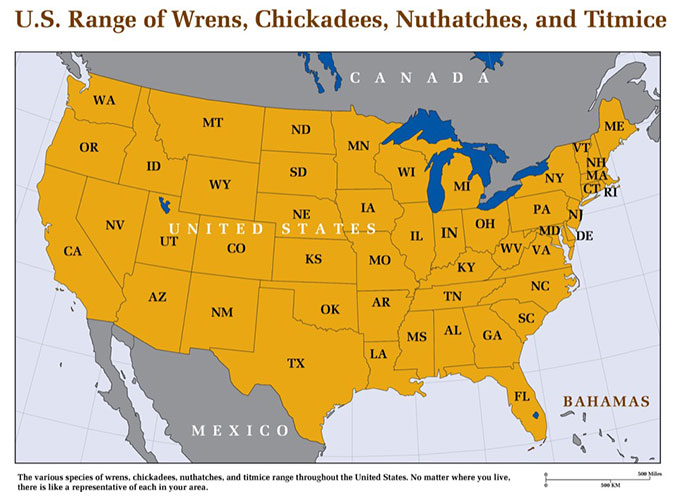Free Shipping to the Contiguous United States
South Dakota Barn Owls
Barn Owls in South Dakota
Known barn owl nest sites are scattered and are mostly found in the southern half. Although documented in far western counties adjacent to Wyoming, most nests have been found in natural cavities in banks of the Missouri River’s reservoirs and tributaries that run through the center of the state. In fact, good populations have been found raising young in cavities dug into the sides of bluffs lining the Missouri River near Pierre. Another area where barn owls dig their own burrows is directly in the ground in the soft substrate of the Sand Hills in the south central portion of the state.
South Dakota is near the northern edge of the barn owl’s range in the central United States. Highly susceptible to periods of deep snow, the owls likely expand their range and population in years of mild winters, then get knocked back during harsh winters.
Sightings during winter months show that, despite the harsh weather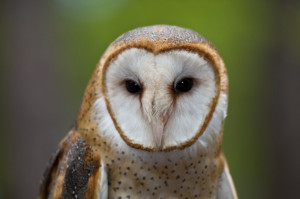 , at least some adult barn owls attempt to overwinter in the state. It is likely that most, if not all, fledglings do not stay, but disperse predominantly southward in the fall.
, at least some adult barn owls attempt to overwinter in the state. It is likely that most, if not all, fledglings do not stay, but disperse predominantly southward in the fall.
Crops and Barn Owls in South Dakota
South Dakota is the third largest producer of hay and rye in the nation, both of which provide excellent habitat for barn owls, but the fact that most of the state’s barn owls are found breeding in self-dug burrows in riverbanks only testifies to the scarcity of natural cavities available. Nest boxes in such crops could well attract breeding pairs. Voles, one of the barn owl’s preferred prey, are particularly prevalent in hay and rye and can cause serious damage.
Reporting Barn Owl Sightings in South Dakota
The South Dakota Department of Game, Fish, and Parks asks residents to report barn owl sightings to the South Dakota Natural Heritage Program and encourages residents who believe their farm has the potential to support barn owls to erect barn owl nest boxes. They can be reached at 605.223.7700.

